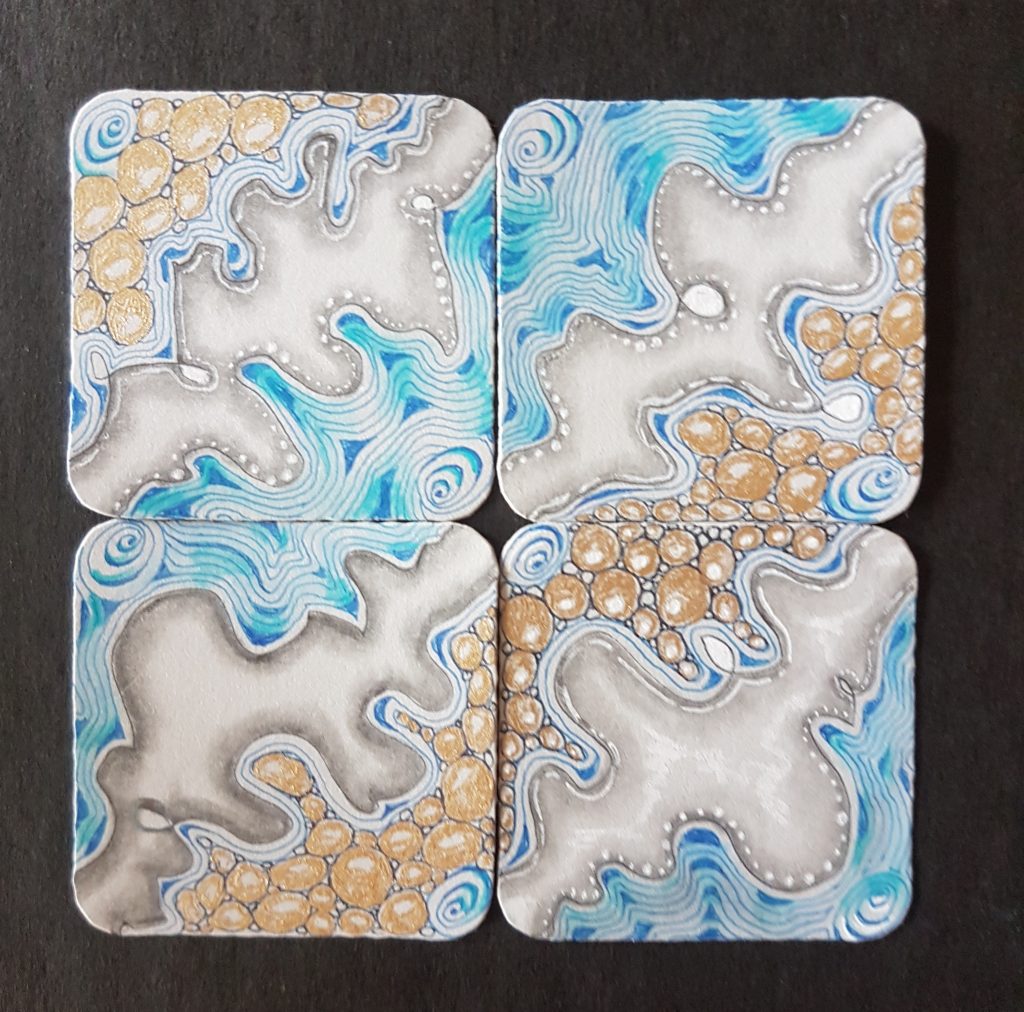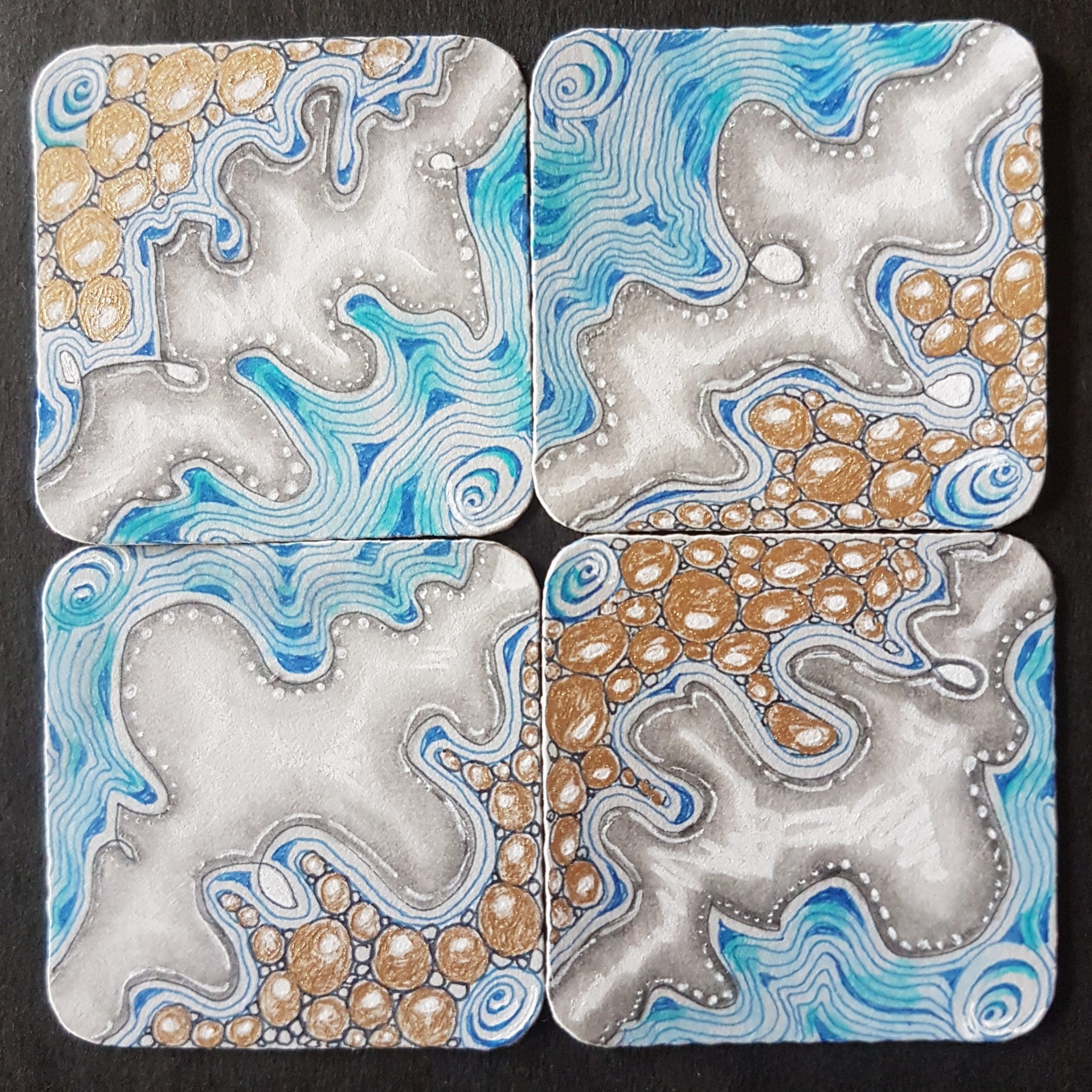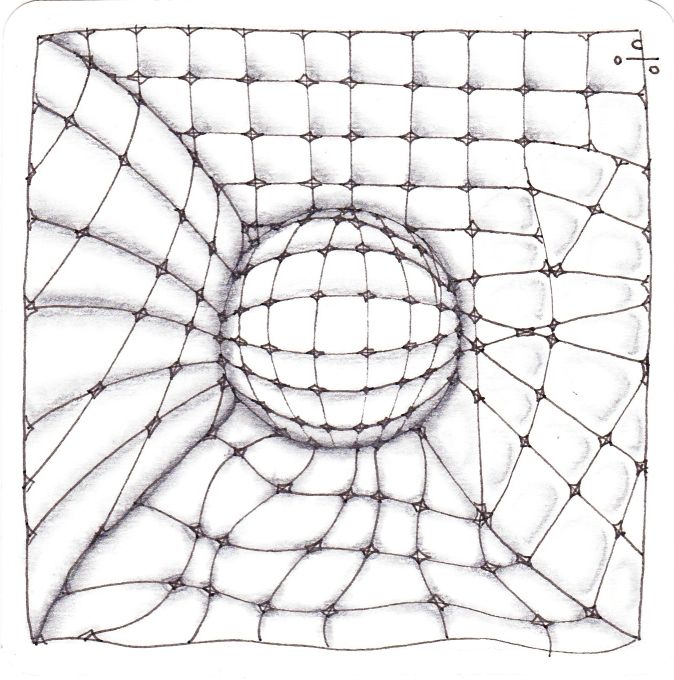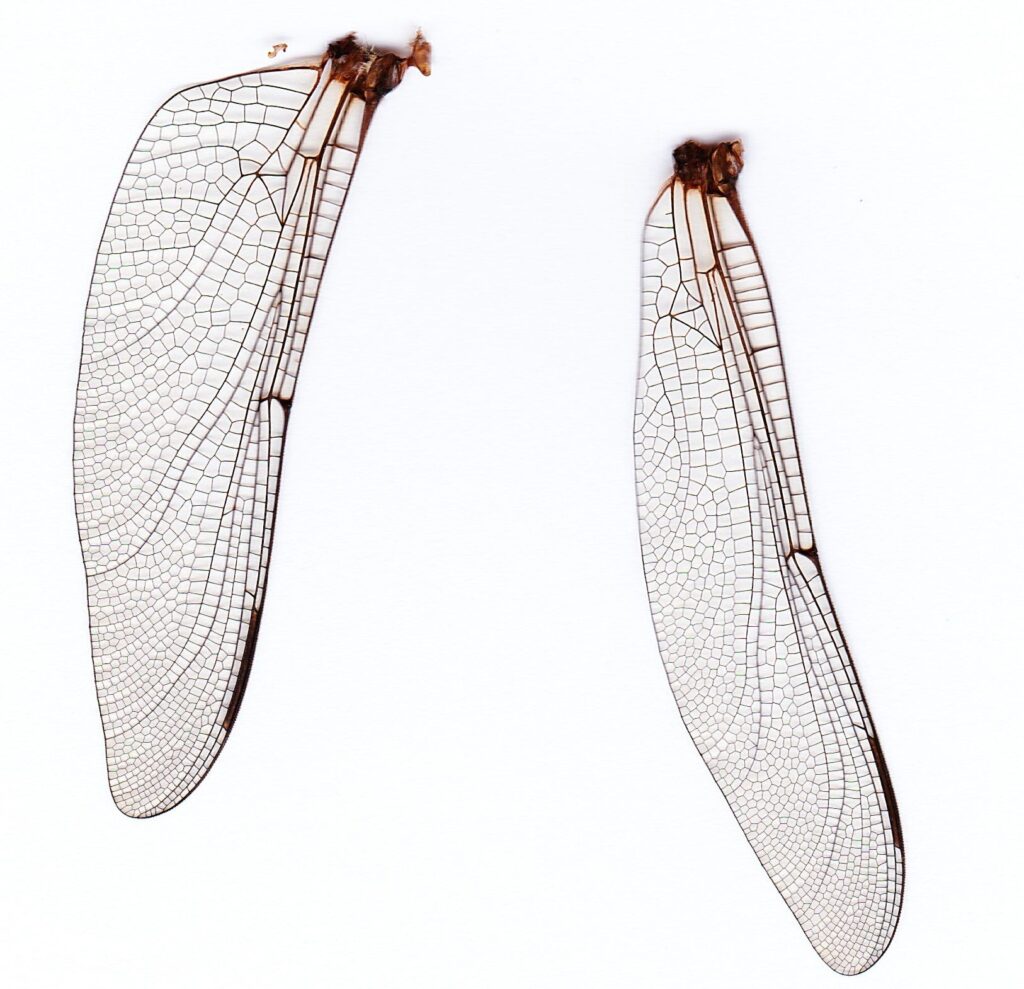“The distinctive atmosphere or quality that seems to surround and be generated by a person, thing or place”.
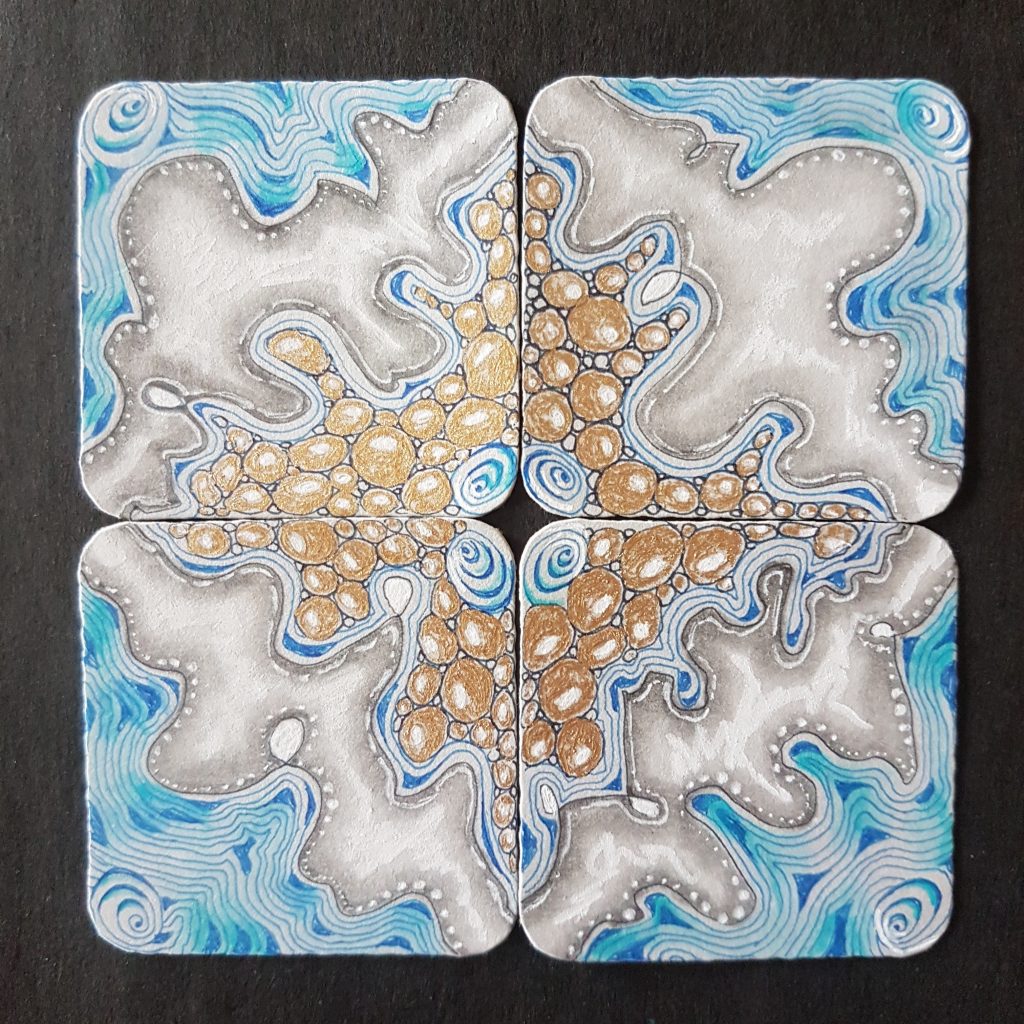
| One of the main enhancement techniques is adding an ‘Aura’ and what a powerful technique it is. It gives a bridge, a gap, a space, a pause between a line or section or tangle. |
| Here’s some techniques/ prompts to try: – drawn slowly so it’s tidy and exact, – has big flare with a wide or wobbly line – added sparkle as you minimise the ink and instead of a continuous line make some dashes or dots. – boldly exaggerate it, add some weighting or rounding to the line. Using an aura enhancement gives a deliberate decoration around a section, tangle or tile. It gives your tangling a special atmosphere. There are many tangles which are built with the aura, Diva Dance, Hurry, AuraKnot and Arukas, to name a few – they all thrive on using aura to make up the tangle, and add a repetitive ‘space’ to the tangle. So when you’re next tangling – appreciate the aura and use it once in a while on a tile. |
